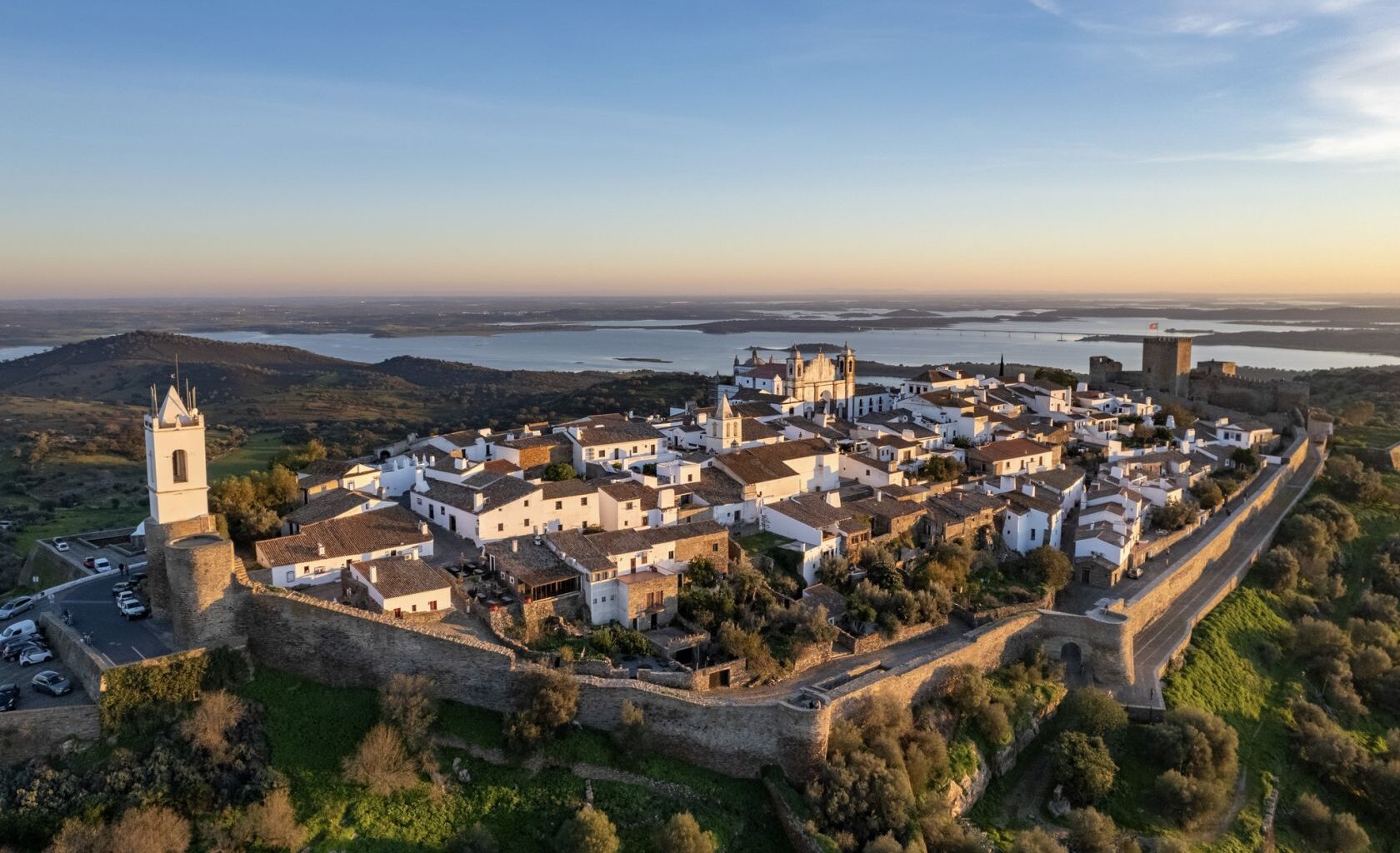For 13 days, a team of scientists will carry out a mission integrated into the “World’s Biggest Analog,” an international space simulation initiative, “a proof-of-concept to prepare for living and working in space, combining multiple habitats and research,” revealed Inesc Tec – Institute of Systems and Computer Engineering, Technology and Science.
“Portuguese participation marks a new step in consolidating Portugal on the international map of analog space exploration,” the institution said in a statement.
Inesc Tec emphasized that following the Camões Mission, which took place in November 2023 in the Azores, inside the Gruta do Natal on Terceira Island, the new experiment now brings “the spirit of scientific exploration” to the Alentejo, where researchers and “analog astronauts” will simulate conditions similar to those on Mars.
The project leadership in Monsaraz, and the operational and management of the habitat are the responsibility of the Alqueva Astronomical Observatory, while scientific and technological leadership is handled by Inesc Tec.
The mission also has the support of the Os Montanheiros Association, leaders of the Camões Mission, among other partners.
“Throughout the two weeks of operation, diverse scientific experiments will be conducted and technologies tested, such as innovative software and drones, including projects in collaboration with international institutions,” according to the same source.
The Monsaraz Mission team that will enter the habitat is composed of three Portuguese researchers: Pedro Pedroso, Rafael Rebelo, and Diogo Paupério, and two young scientists, Florence Basubas (Philippines) and Nadine Duursma (Netherlands).
Inside the habitat, the mission will be led by Pedro Pedroso, an aeronautical engineer, air traffic controller, and analog astronaut, responsible for coordinating operations and executing scientific activities.
“INESC TEC, as with the Camões Mission, once again plays a prominent role, with the participation of researcher Ana Pires, the first Portuguese female scientist-astronaut and commander of the Camões mission,” the institution emphasized.
This time, the scientist will lead the activities at the Mission Control Center, along with Slavka Carvalho Andrejkovičová, from the University of Aveiro and a NASA collaborator.
Inesc Tec researcher Diogo Paupério will be the mission’s “Flight Engineer/Robotics Specialist.”

